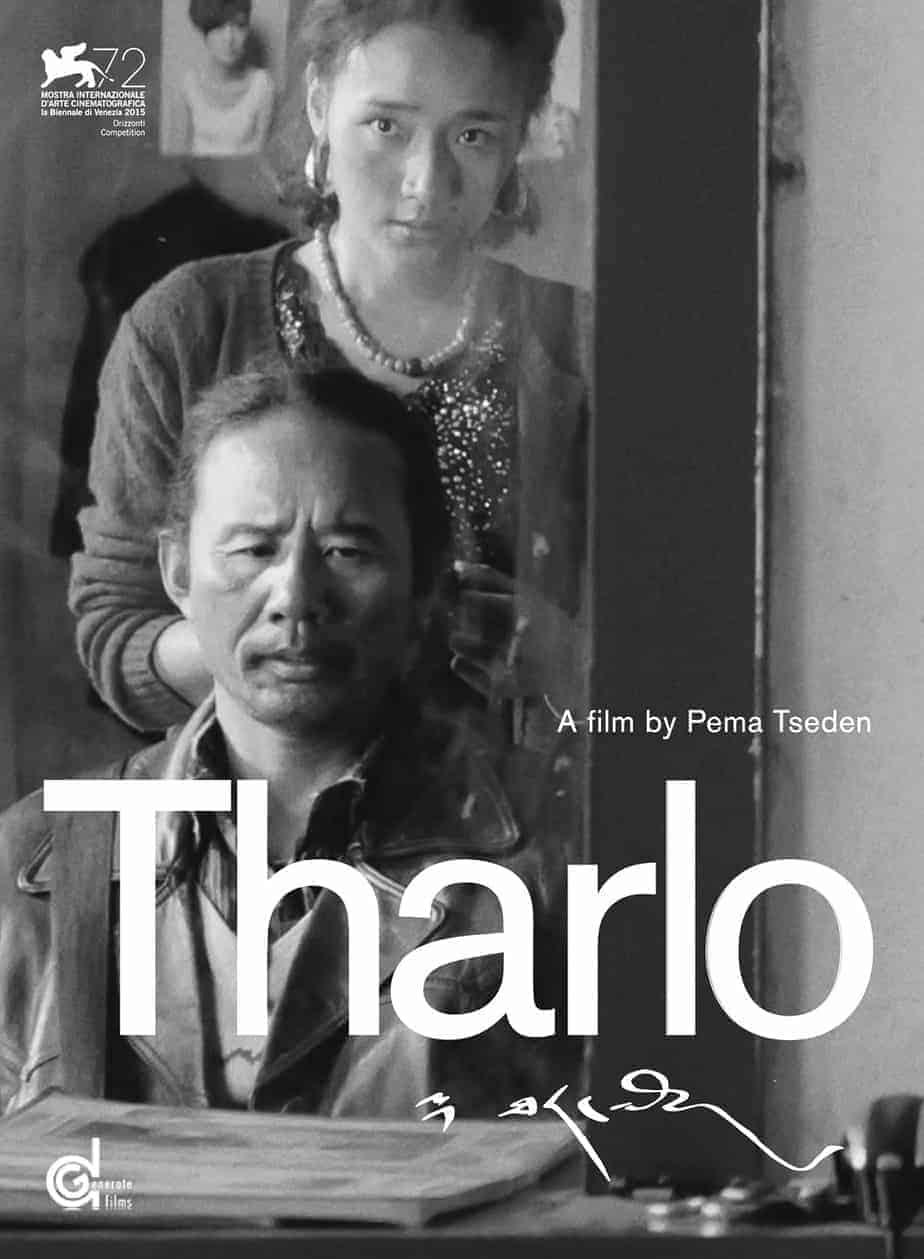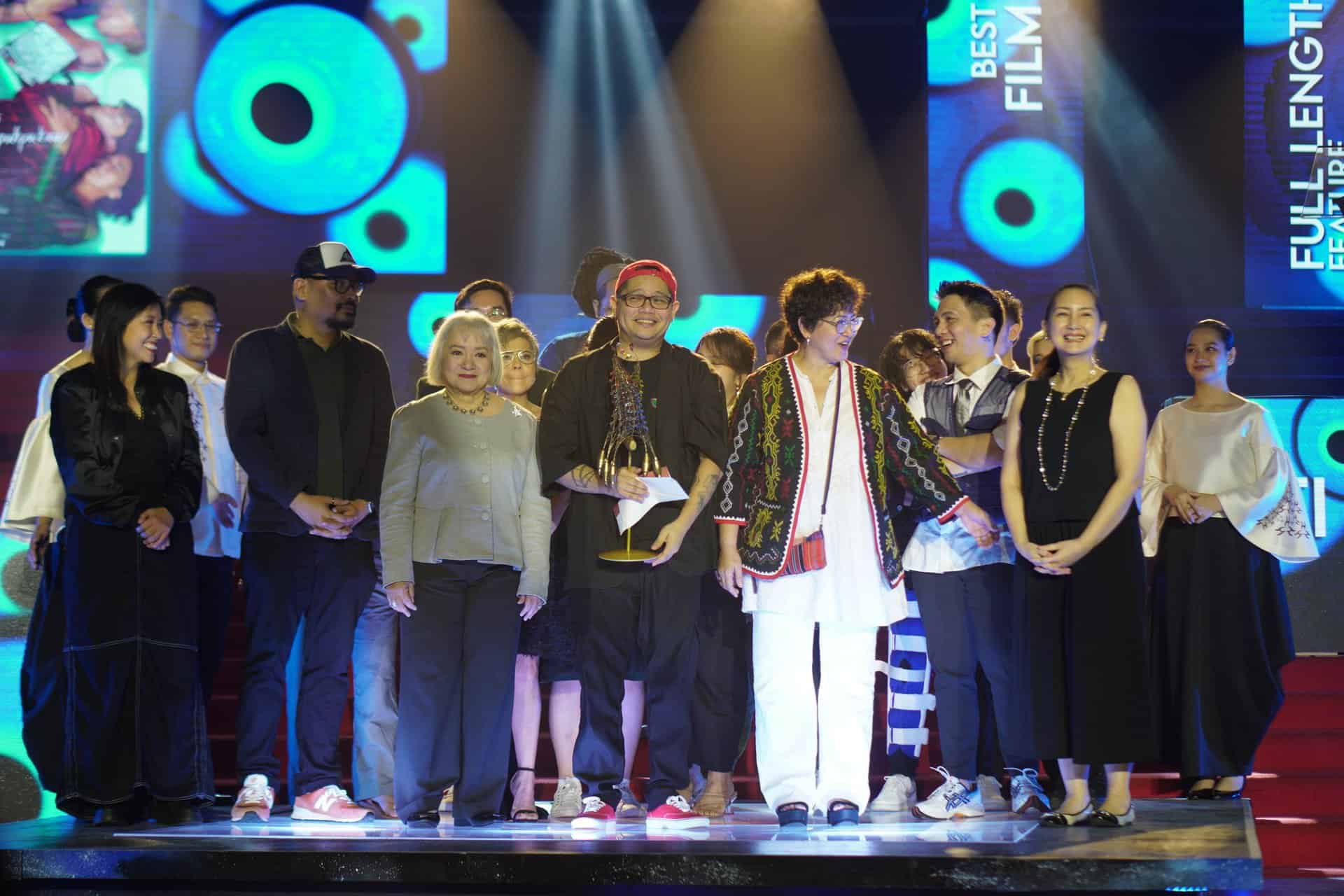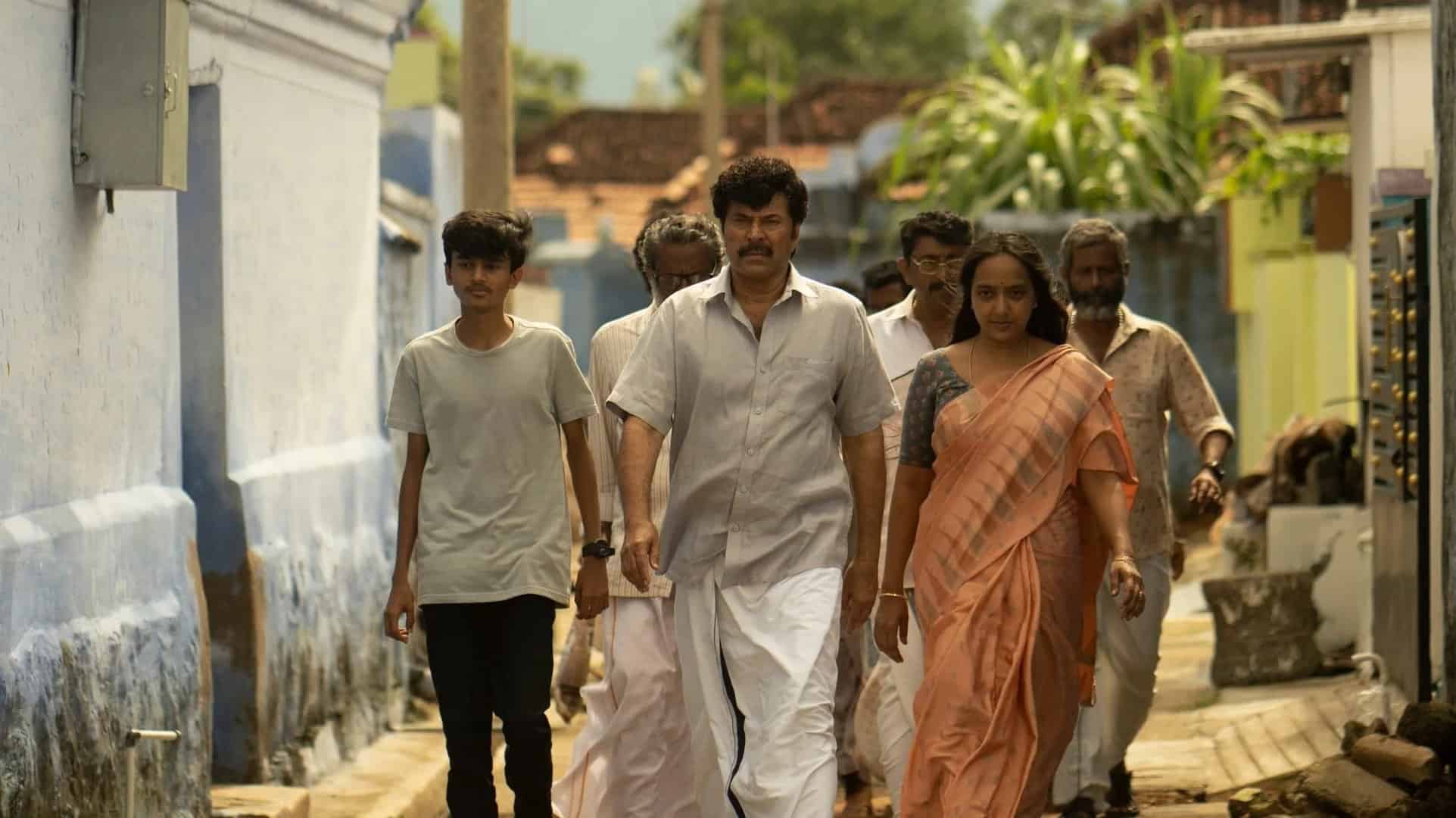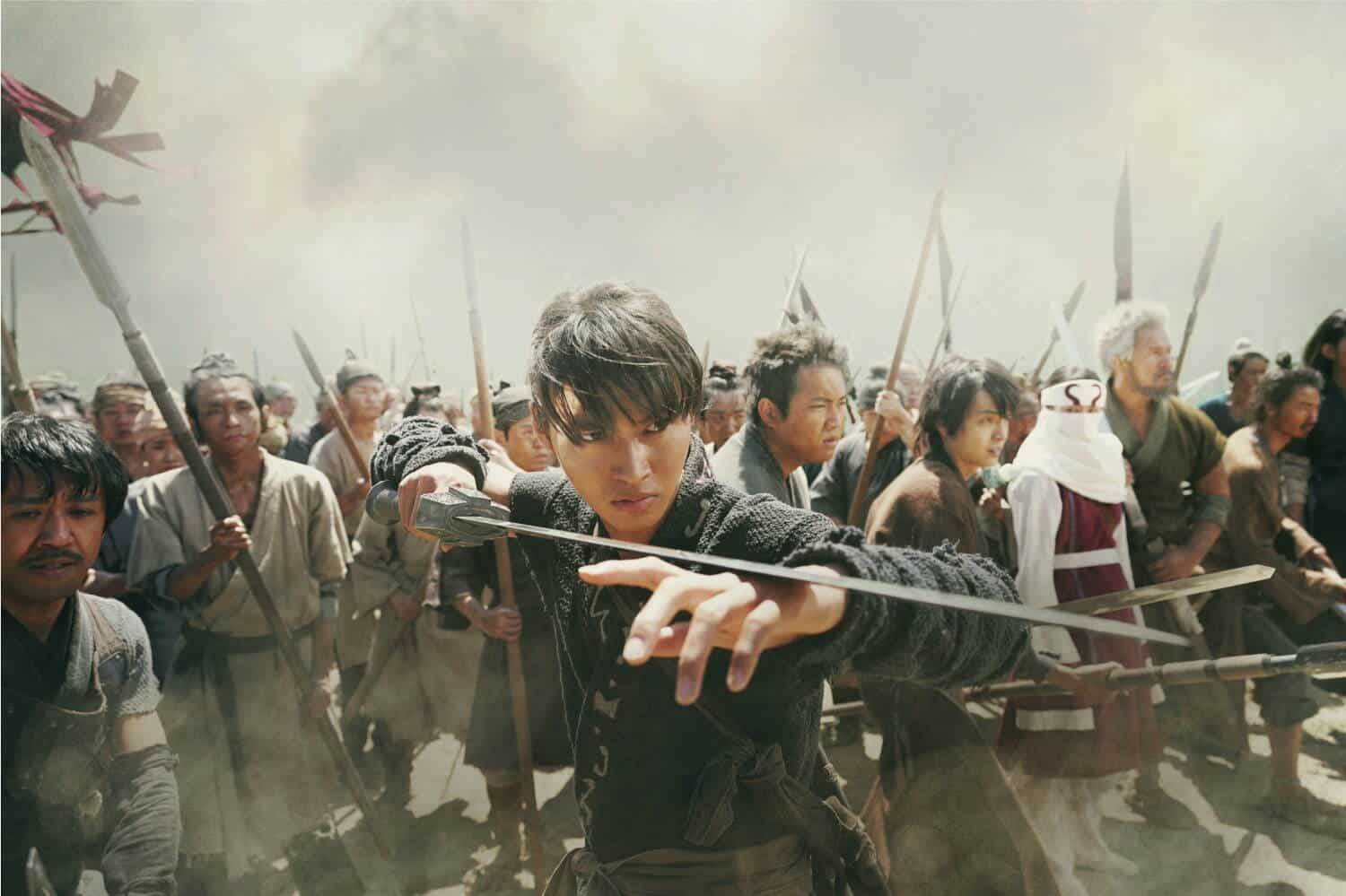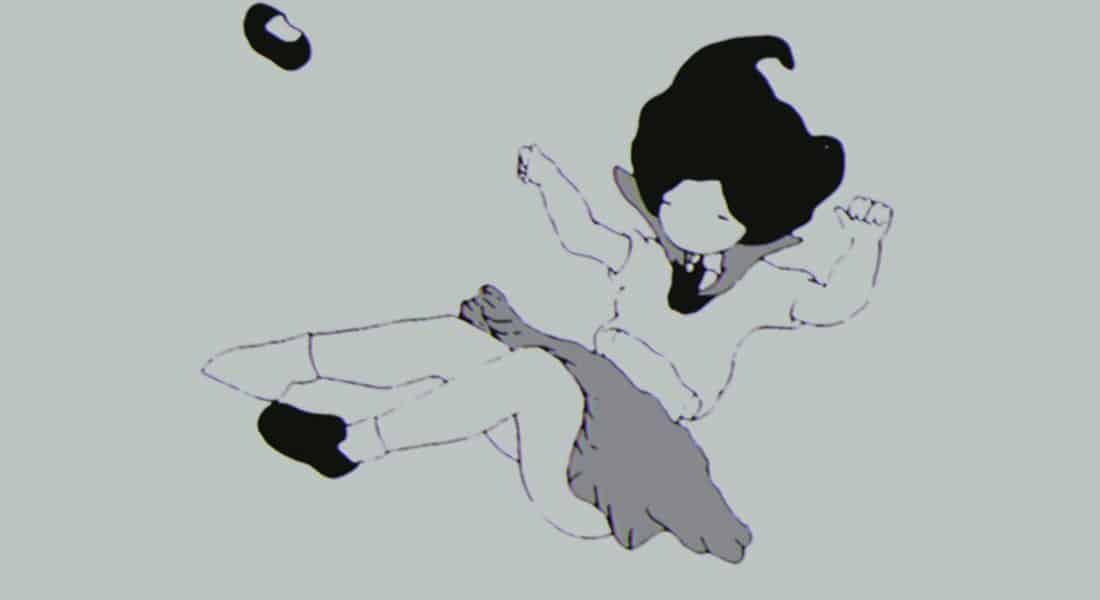Manabu Oda – studied at the Nikkatsu Visual Arts Academy, winning a prize for his short graduation work ‘Futarinori' at the Yasujiro Ozu Memorial Tateshina-kogen Film Festival in 2003, the centennial of Ozu's birth. Oda won the Gemstone Award at the 36th Pia Film Festival for ‘Neo Peach Boy' (2013). His Pia Scholarship work ‘Simon & Tada Takashi' marks his feature debut.
‘Saimon & Tada Takashi' – Saimon and Takashi are best friends in their senior year at the industrial high school. Saimon will go on to university, but Takashi is slated to take over his father's motor repair shop. Takashi is always falling in love with girls at school, but inevitably end up with a broke heart, so he turn to Saimon for advice. Takashi never suspects that Saimon actually has feelings for him, even when he tags along on a bus trip that becomes an unexpected adventure.
The interview was conducted during the 31st Tokyo International Film Festival. The author wants to express sincere gratitude to the good offices of all the Festival crew.
Do you personally believe that in the contemporary Japanese society, there a lot of so-called weak, ‘herbivorous' guys, no-hopers whet it comes to relationship with women?
Actually, there might be a lot of them nowadays. I can definitely feel the generation gap, because I don't recall the ‘herbivorous' phenomenon amidst men of my generation. When I do my teaching at the university, I spot a lot of such passive blokes. As for the film itself, I was mostly focused on portraying the heyday of young guy's stage of life. Nowadays, mutual contact between members of the opposite sex has become quite tiresome. One can give oneself a helping hand just by lurking in the Internet, there's even no need to go to the adult video store. It's not even a question of being strong or weak, it's rather that relationships became dimmer and dimmer.

Was then Tada Takashi born out of nostalgia after the good, old times?
Certainly. However, he's not supposed to be any kind of idol, by any means. I was born in Showa period and I wanted that atmosphere to be depicted in the movie. When I was a teenager, there were no cell phones, one used to invite a girl to a park to confess his love. What a thrill it was to phone a girl from a phone booth and then hear her father's voice resounding on the other side!
So what's happened to Japan recently?
Nowadays, Japanese are living in a cyber world when one can find a partner via a dating app. Internet has become a neon god for us. I wish there were more people like Tada Takashi, ready to make some real action impromptu.

Your previous works were awarded at PIA Film Festival. Do you think that is kind of a gateway for promising, young film directors to achieve success at bigger festivals?
For me, it was a way to bolster up my position. When I started shooting movies I was twenty years old and at that time I got that one shot to obtain a certain scholarship, so as to make progress. Nowadays, there's not only PIA, but many other festivals, Youtube and others, so everybody is free to choose own path.
How did you come up with the choice of the leading actors for such rather eccentric roles?
I have agreed upon that with the producer. From my point of view, I didn't have the specific type in the very beginning, so we made the right choice after having he script read and the casting for the roles.

‘Saimon & Tada Takashi' operates with a variety of surrealistic and pop culture themes, actually resembling a comic book. What were the sources of your inspiration?
Telling the truth, I haven't watched that many movies in my life as other film directors did, presumably. I was more into manzai (Japanese comic sketches) and manga. I was especially fond of the comic world and loved all that specific expressions, sudden fits of rage and explosions, all encircled in that small comic books squares. When shooting my film, I surely wanted to be it a living manga on screen. Manzai played also an important role, thus the character speak in a very specific way in Japanese imitating so-called kakekotoba, in other words they use funny puns and other humorous words. I personally like eccentric expressions, so I make my world rather erratic, painting it with vivid colors, such as when the character blushes and his face gets tainted in crimson red.
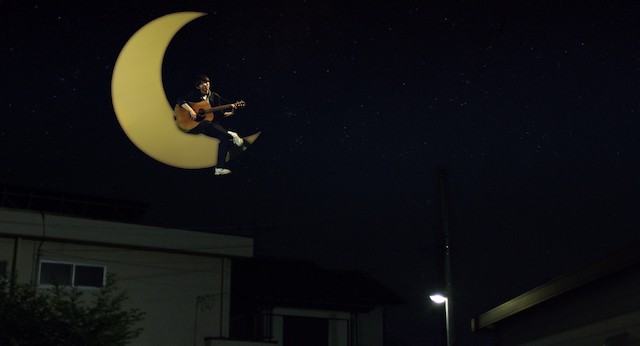
You've mentioned that you'd like more people to be like Tada Takahashi. How about a project in the future that breaks the fourth wall? Perhaps a performance or an interdisciplinary film project that engages the audience?
I am actually shooting indie movies and using Youtube as a source of promoting my beliefs and artistic language. Perhaps I might engage myself in some crowdfunding actions, which have become very popular recently. Actually, I used to lead a theatre group called Aniki no kodomo, but presently it's been suspended. Somehow Japanese aren't that keen to watch courageous and ‘touching the audience' theatre experiments, so I guess I'm bound to stick to my movie field.



